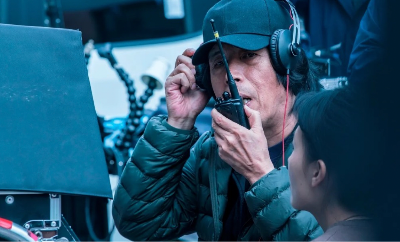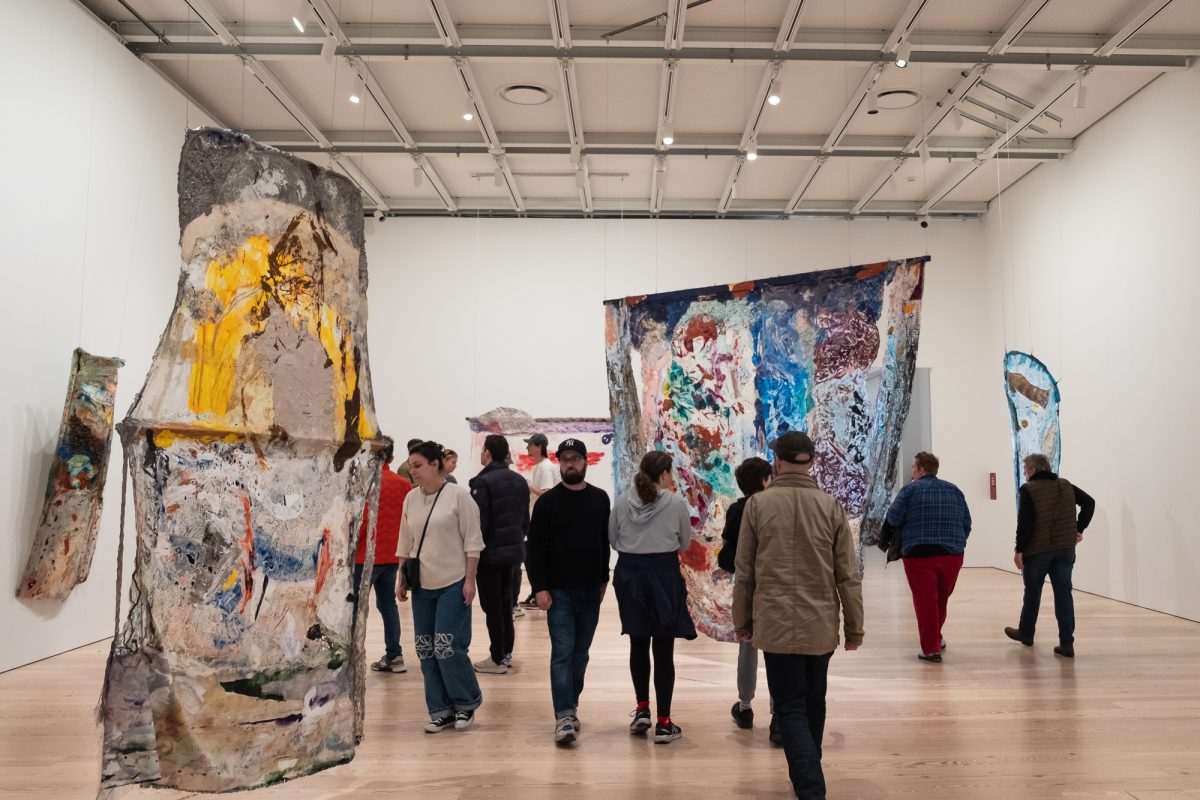Donna Tartt’s epic novel “The Goldfinch” was adapted into a movie starring Ansel Elgort and directed by John Crowley, which premiered Sept. 13. The movie tells the story of Theo Decker (Elgort), whose mother dies during a bombing at The Met. He proceeds to steal a famous painting – the titular Goldfinch. Theo is plagued by his mother’s death and his drug addiction. He’s broken by his loneliness and isolation. Tartt’s original book deftly tackles philosophical themes like what a painting means to the observer, the ways in which people can connect through time and the fleeting, chaotic nature of existence. The movie adaptation has beautiful cinematography, but it misses major details from the book and fails to fit together its disparate parts.
The film captures the beauty of Tartt’s world well. The scenes of Amsterdam convey isolation in a lovely way; New York is elegant, gritty and fluorescent all at once; Theo’s mentor Hobie’s workshop is cramped and dark yet comfortable. Theo’s time in Las Vegas, as told through the lens of an acid trip, feels vast, confused and cold.
However once the viewer looks past the pretty picture on screen, the flaws quickly reveal themselves. “The Goldfinch” fails to portray Theo’s addiction in any substantial way. We see a few times he drops acid, but his addiction is hardly ever seen once Theo grows older. In the novel, Theo’s reliance on drugs and his financial investment into them is a recurring and serious issue. In the film, Theo’s drug addiction is practically nonexistent, only once mentioned by his fiancee, and we only see him doing drugs in moments of extreme duress.
Flaws in the characterization of key players in the story also abound. In Tartt’s novel, Hobie is a man of gentle spirit, a guardian and a mentor, yet in the film adaptation, he is flat. Where he should be an anchor for the protagonist, he lacks any meaningful interaction with Theo; where he should be a little rough around the edges, he is flat and cold.
Hobie is not the only character to lack substance and warmth. Theo’s mother is another character that doesn’t quite fit into his life the way she should. For cinematic effect, her face is not revealed until well into the film. Not only is this choice unfaithful to the novel – there are multiple scenes with Theo’s mother and he devotes much of his energy to remembering her – but her absence serves to muddle Theo’s relationship with her and to the painting. This painting supposedly reconnects him with his mother because it holds special meaning for her. Tartt dedicated pages to describing its warmth, its history and its gravity because in it, Theo saw his mother and everything she meant to him. The film puts very little effort into emphasizing these details, and thus fails to give proper weight to its namesake and central plot points.
While the film adaption of “The Goldfinch” was visually stunning and properly captured a few noteworthy scenes, it has more issues than redeeming qualities. Two of the most important characters were overly simplified, major plot points were poorly explained and Theo’s relationship to the painting does not hold the profundity it deserves. The novel deserved better.
Email Izzy Salas at [email protected].












































































































































